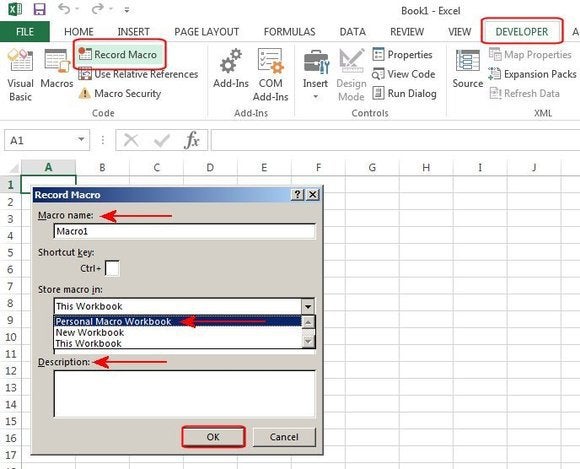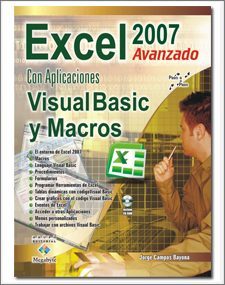

However, by default, Excel hides that tab. Those are all found within Excel’s “Developer” tab. To get started, the first step in your macro Excel journey is to ensure that you have access to the various buttons and functions you’ll need to build your macro. But, learning to use them to your advantage is actually surprisingly simple.

The concept of a macro might seem complicated.

When you have some experience under your belt, you can use VBA to create more complex macros as shown in this tutorial on advanced filtering.īefore you get intimidated and write macros off as yet another Excel feature that’s far too complex and advanced for you, take a breath. Put simply, VBA is the programming language used to write macros.Ĭheck out this explanatory video for more background on the differences between macros and VBA from the GoSkills Excel Macros & VBA course. You may have heard the terms "macro" and "VBA" used interchangeably, but there is a distinction. A macro is a piece of code within Excel that you can use to automate many routine tasks-just like the ones I mentioned above.


 0 kommentar(er)
0 kommentar(er)
